In a previous article I talked a bit about castle fortifications but I decided to write another one with extensive illustrations and photographs so that the reader can see exactly what these fortifications actually look like in the Dungeons and Dragons castle.
Castle Diagrams
To begin with let us look at some diagrams of the layouts of castles in general. These diagrams have captions to show you the relationship between the defense and the rest of the castle.
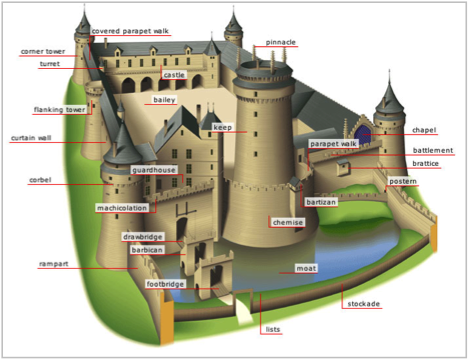
Another diagram shows the castle from an overhead view.
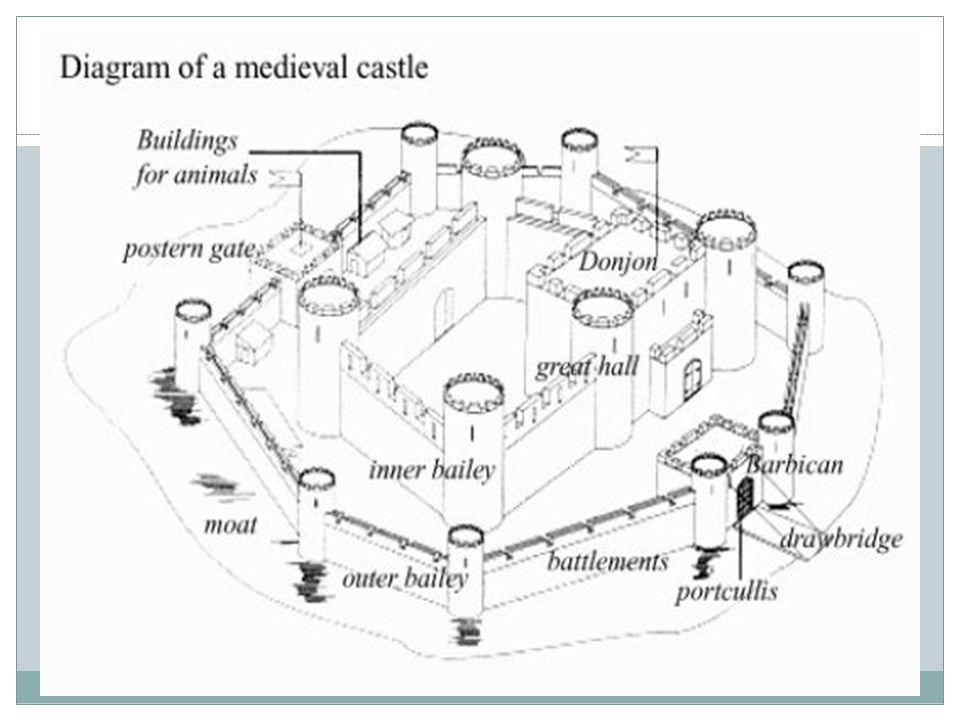
A third diagram shows yet another view.
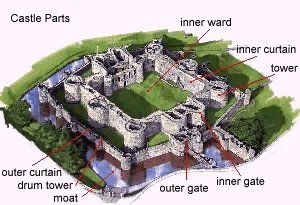
Moats
A moat is a ditch that surrounds a castle to prevent easy approach. It is usually deep and broad. Sometimes it is left dry but often is filled with water. In many cases castles were built so as to use a natural source of water for it’s defense such as a lake or pond.
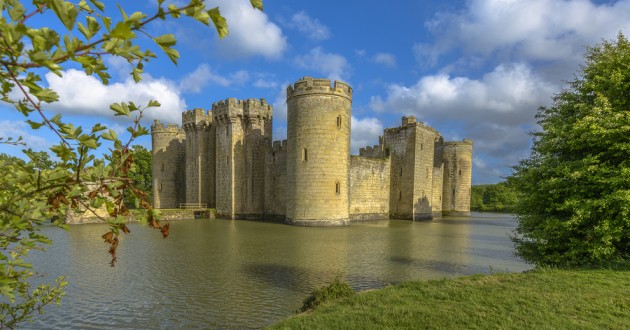
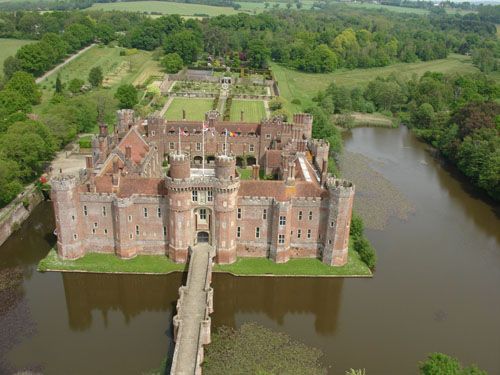
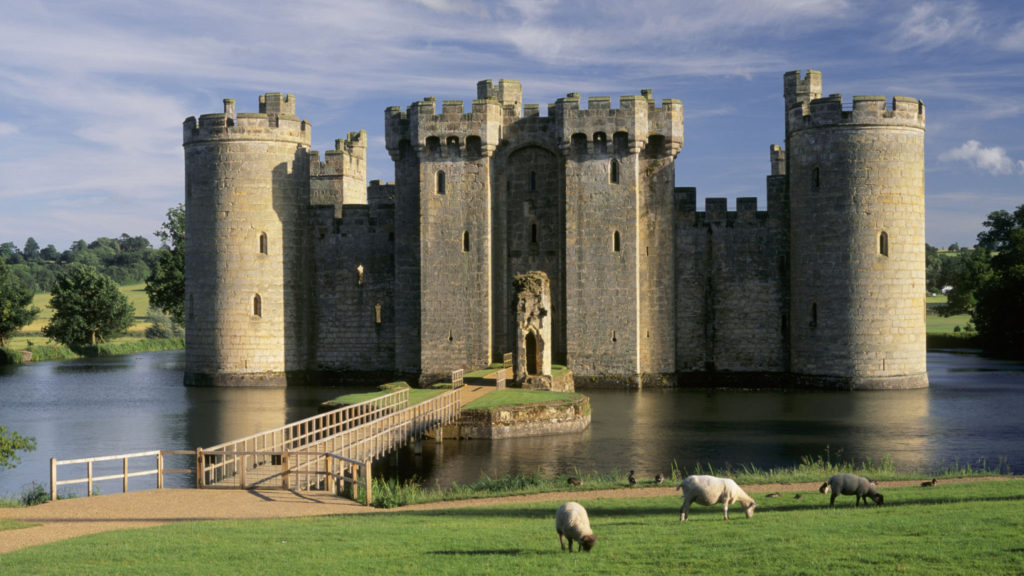
The moat is the first line of defense for the castle. Because even getting close to the castle walls would be difficult (short of magic of course) wearing armor. Even getting siege engines close enough to use is going to be tough. And that is the point.
Towers
Towers of the castle give defenders vision at greater distances to see approaching enemies. And they also give defenders a fortified place to fire down arrows and crossbow bolts at attackers. These towers often rise far above the rest of the castle and give the defenders advanced warning of danger.
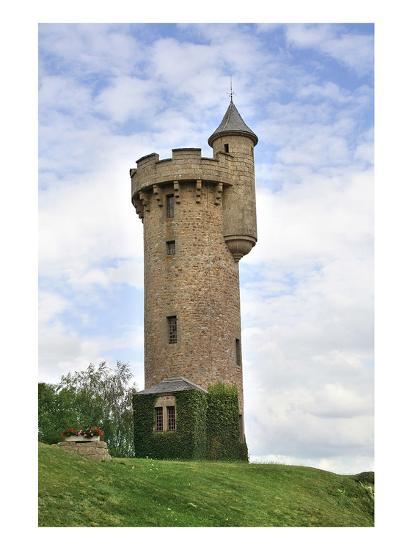
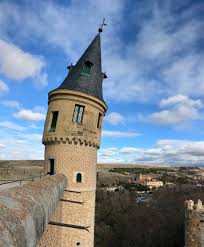
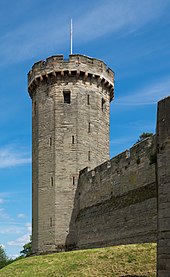
Castle Drawbridge
Drawbridges extended out over castle moats to allow defenders easy access to the castle. The bridge can be pulled back up to deny attackers an easy way to cross the moat. Often chains were attached so that the bridge could be raised.
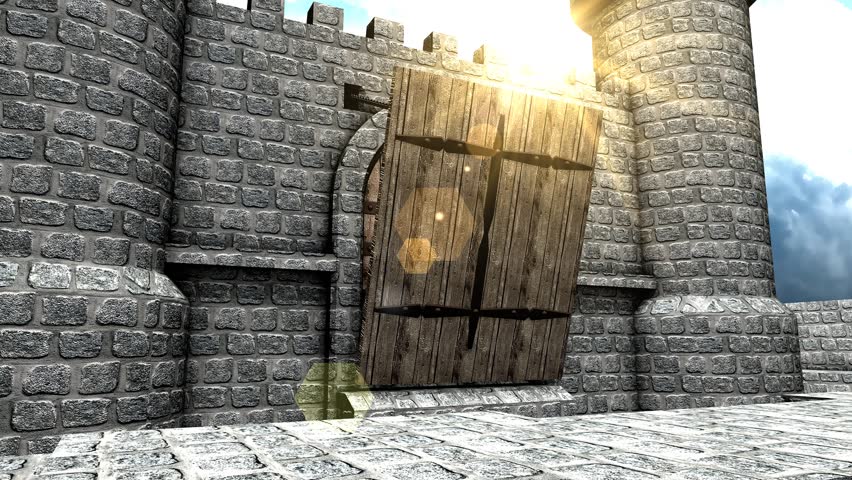
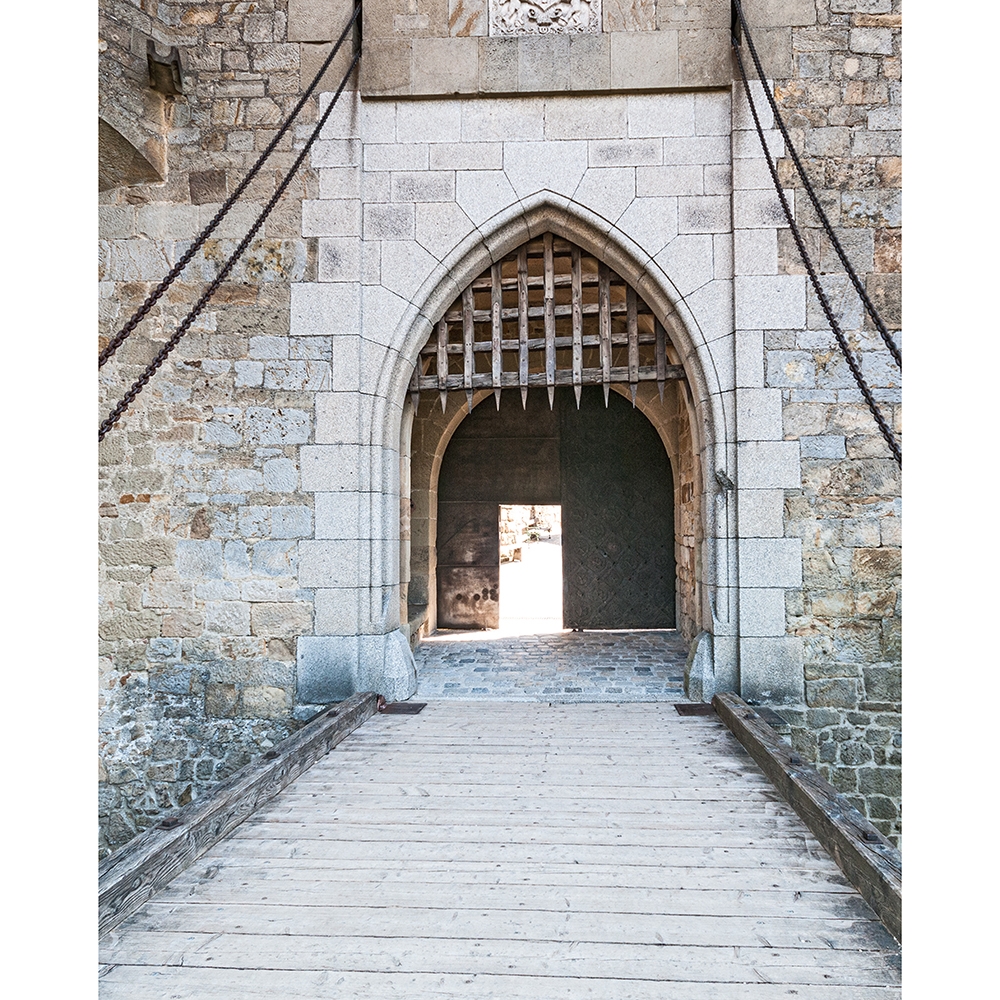
Gate Houses
The Drawbridge was only one way of protecting the entrance into the castle. But there were other ways. These buildings were some of the most heavily fortified points on the castle. The beginning of any siege would likely take place here. They often included multiple traps and obstacles to prevent access to the castle or to injure or kill attackers.
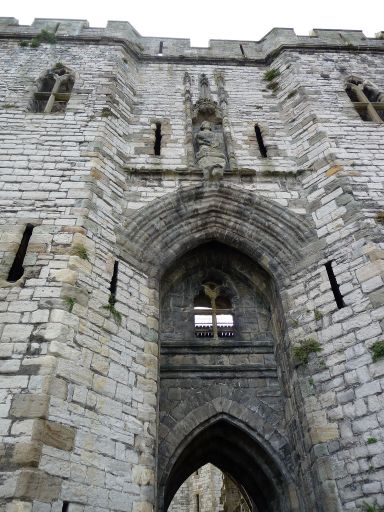
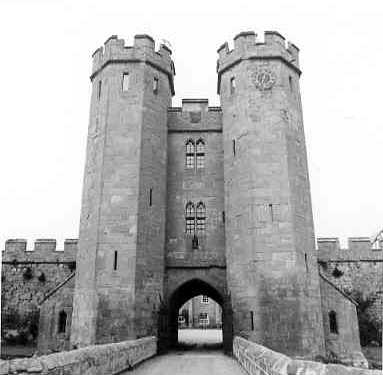
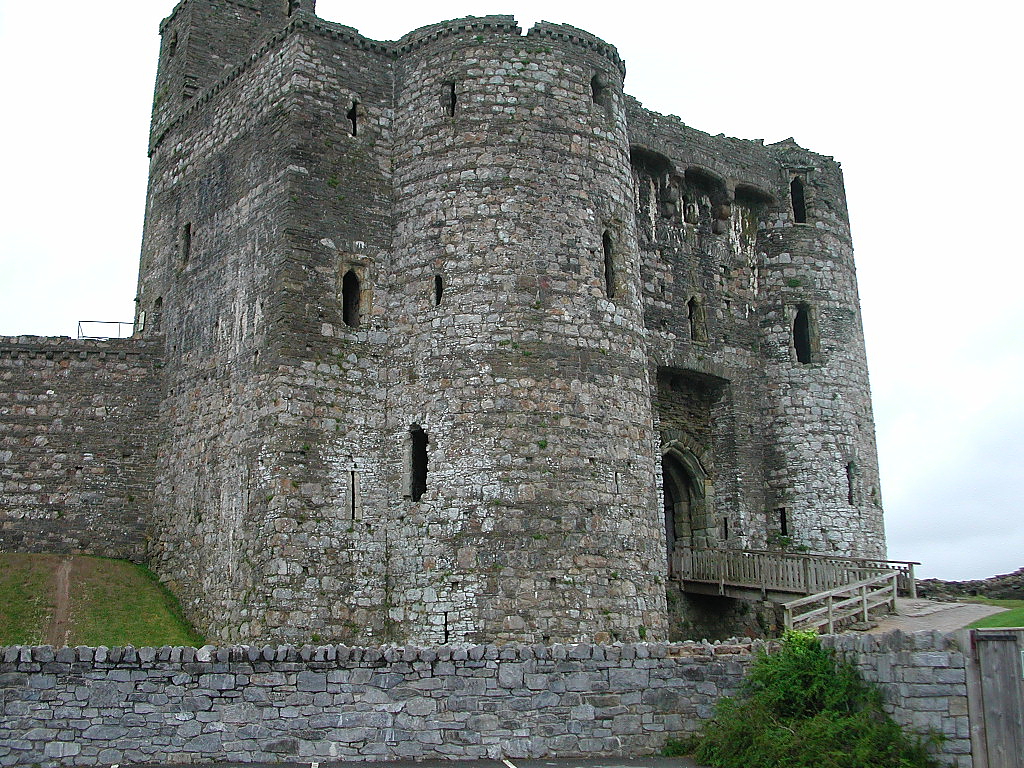
Castle Walls
The walls of the castle must be tall and sturdy to prevent breach. Sometimes these were referred to as curtain walls. Often they were built in concentric circles to provide multiple layers of defense. Often they had small towers built right into them to provide additional defense.
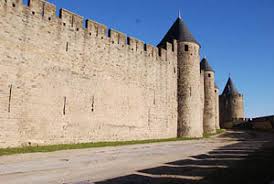
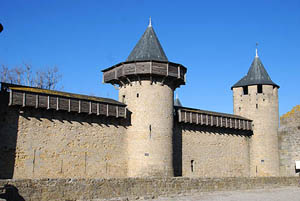
Portcullis
The actual gate to the castle was often protected from attack by using a portcullis that might be lowered. Generally these are made from latticed wood or metal or some combination of the two. It would make little sense to have a castle made of stone that could be breached easily by breaking through a wooden door with little else protecting it.
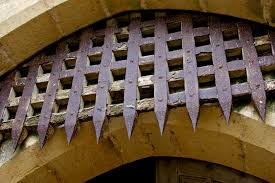
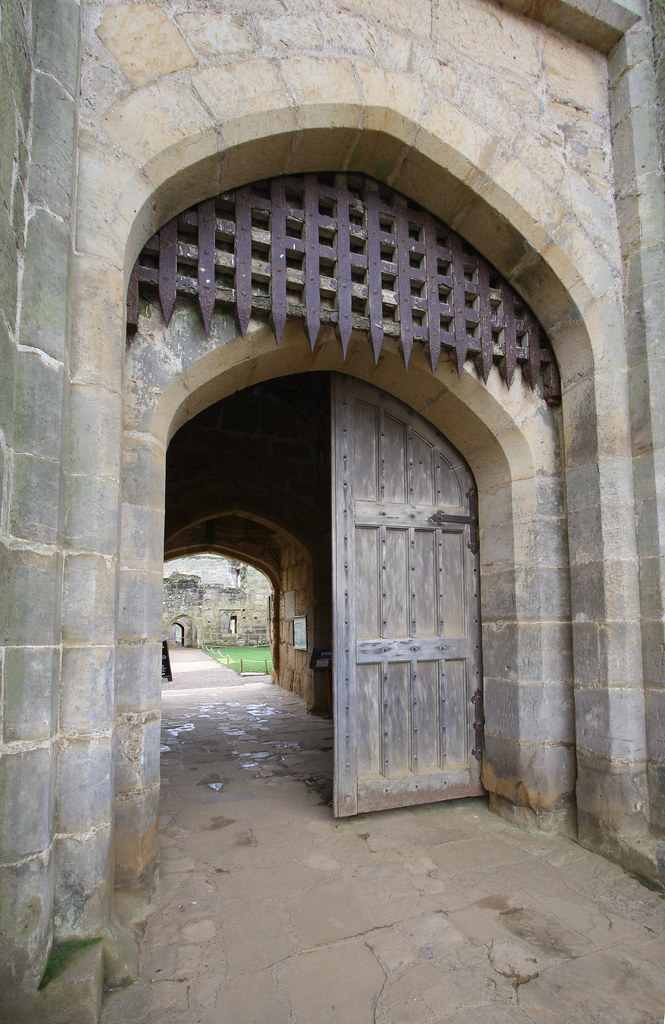
Castle Hoardings
Hoardings were shed like constructions added to the ramparts. These were often built during a siege. They allow the defenders to fire down towards the base of the wall.
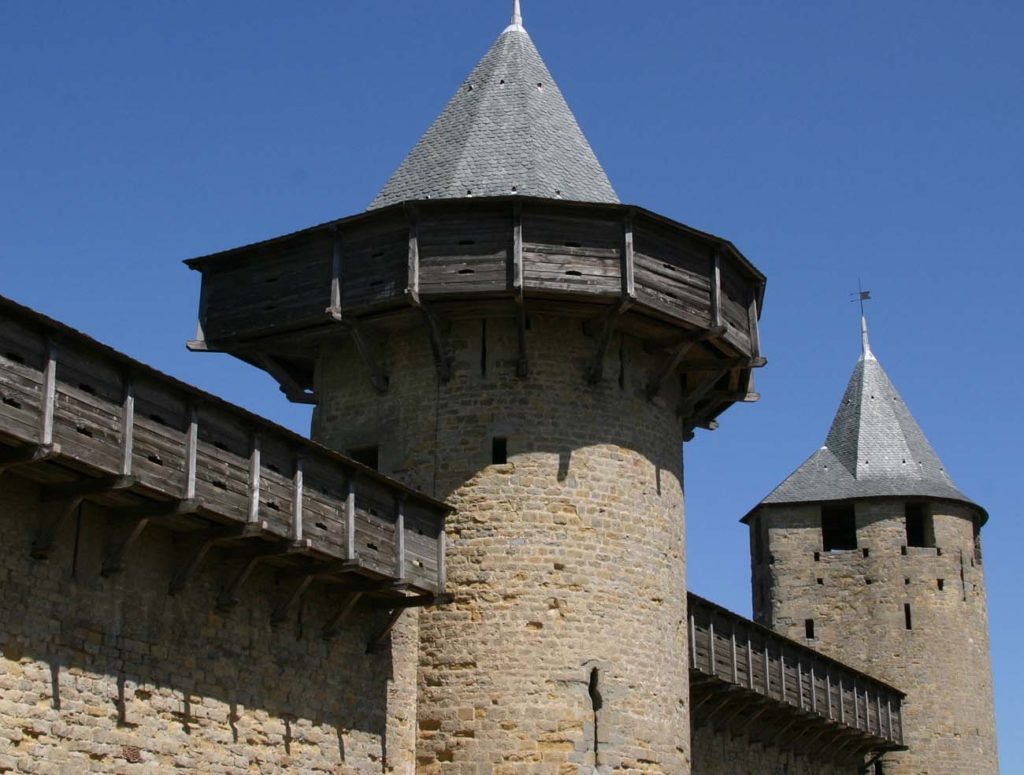
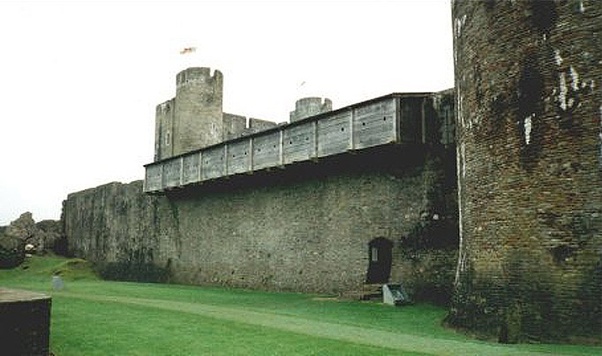
Posterns
Posterns were secondary gates into the castle. Often they were concealed. They allowed the defenders to come and go from the castle even while under siege.
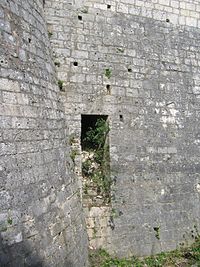
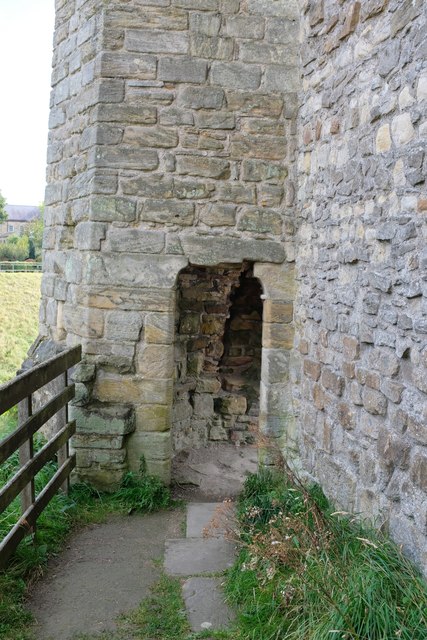
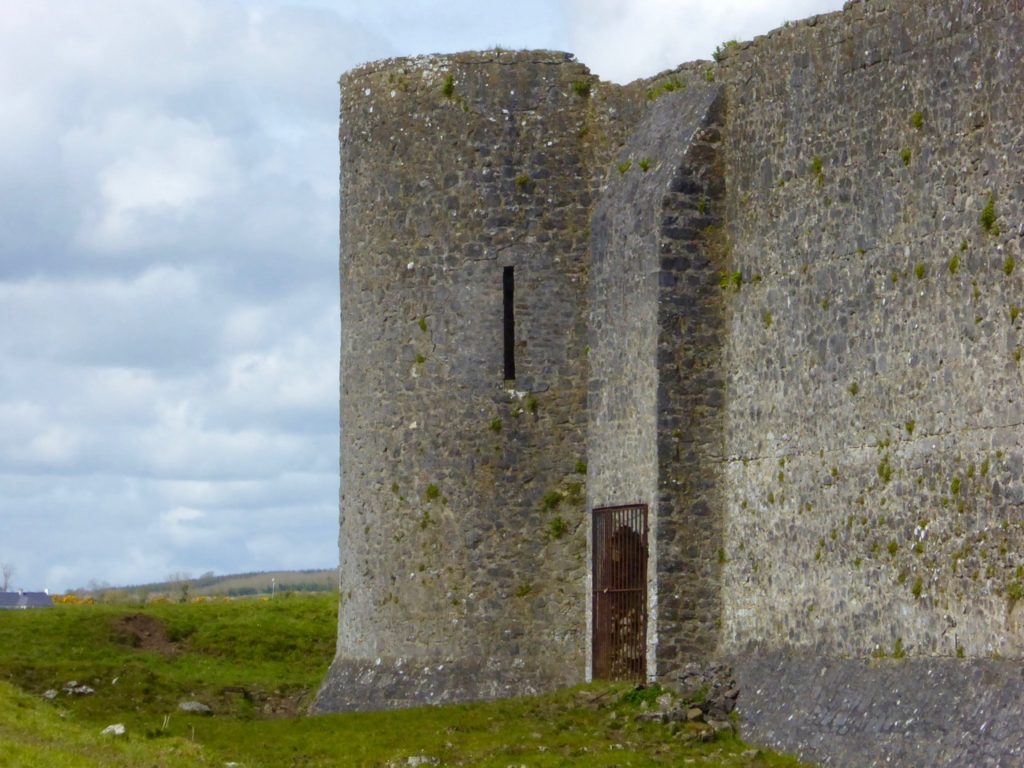
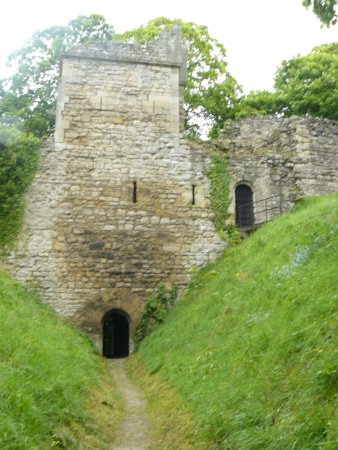
Barbicans
Barbicans were forward defenses to the castle. They were fortified outposts pr gateways extending out from the city or castle.
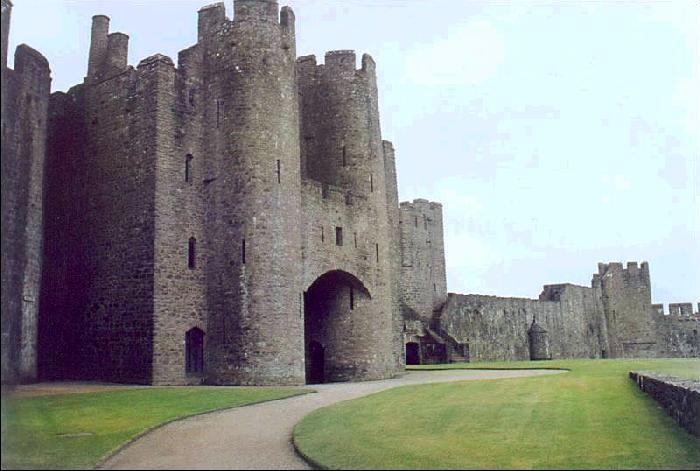
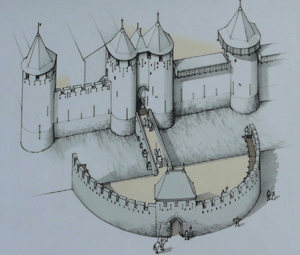
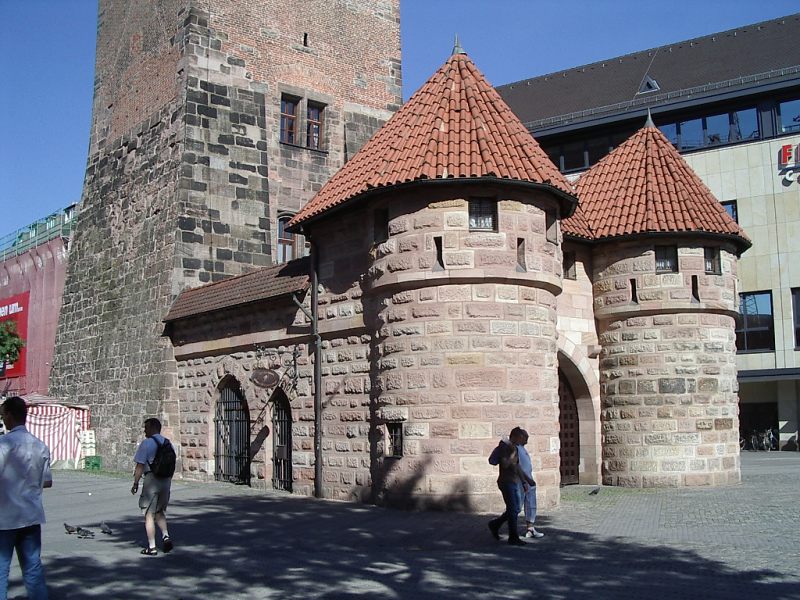
Arrow Slits
One can easily fire arrows down from the towers and walls of a castle. But if you do not want your enemies to return the favor then concealment is beneficial. Arrow slits give the defender cover against the missile weapons of the attacker while affording the defender a chance to use their own.
Arrow slits are also referred to as arrow loops. These were usually cut vertically and had a horizontal cut to allow the defender to fire at a wider group of potential enemies. The slits were often cut an angle to allow the defender to fire at different angles of approach to the castle.
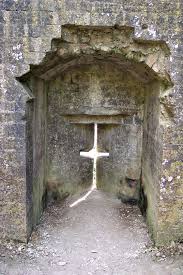
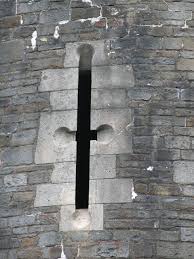
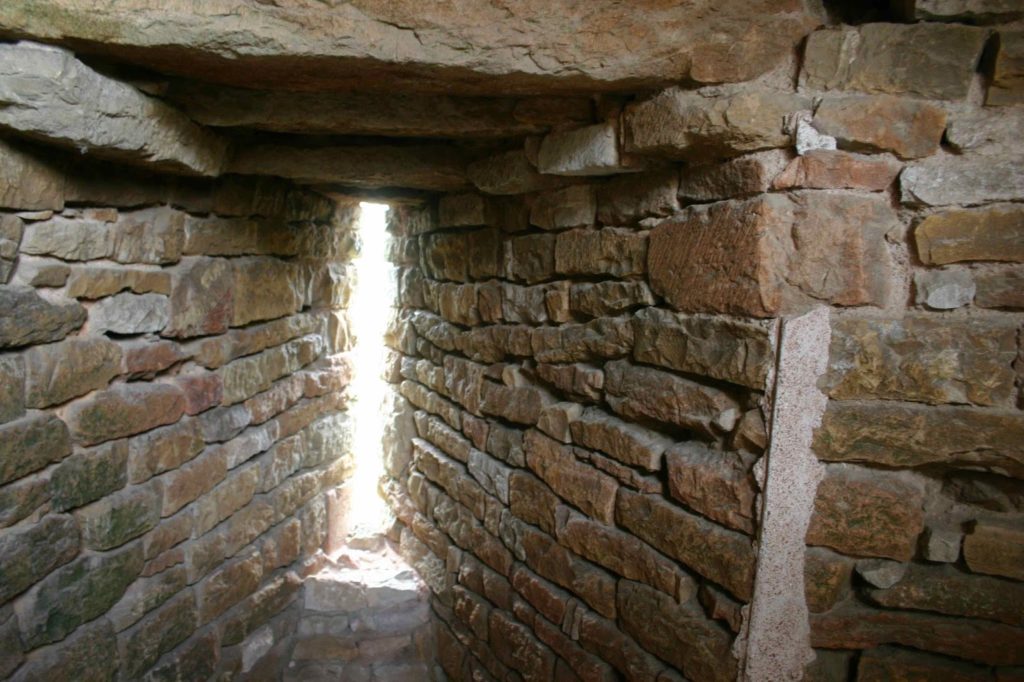
Ramparts
Ramparts were defensive barriers surrounding the castle. They were usually broad topped and made of stone or earth.
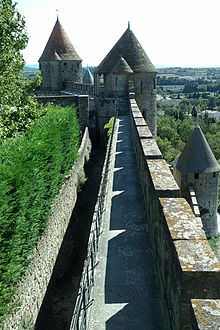
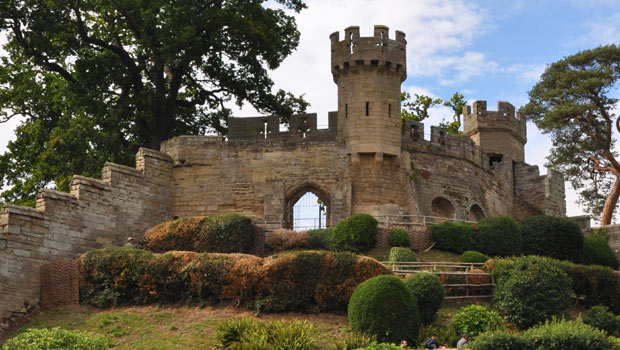
Parapet
The parapet is a protective wall at the top of a fortification. It is an extension of the wall at the edge of a roof, balcony or terrace. Often it was crenelated to provide additional protection to the defenders.
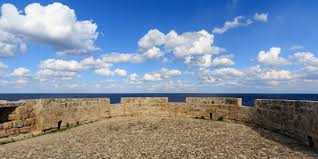
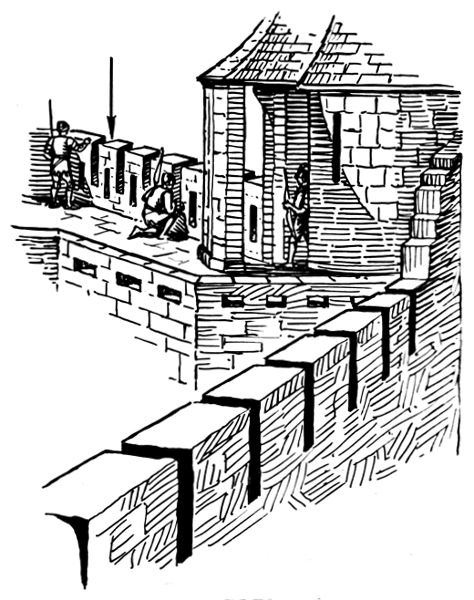
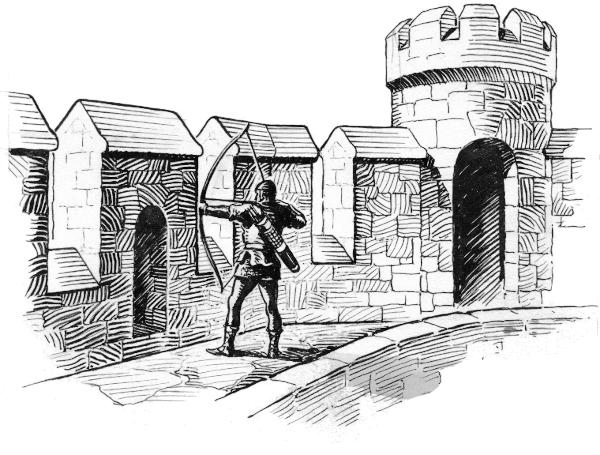
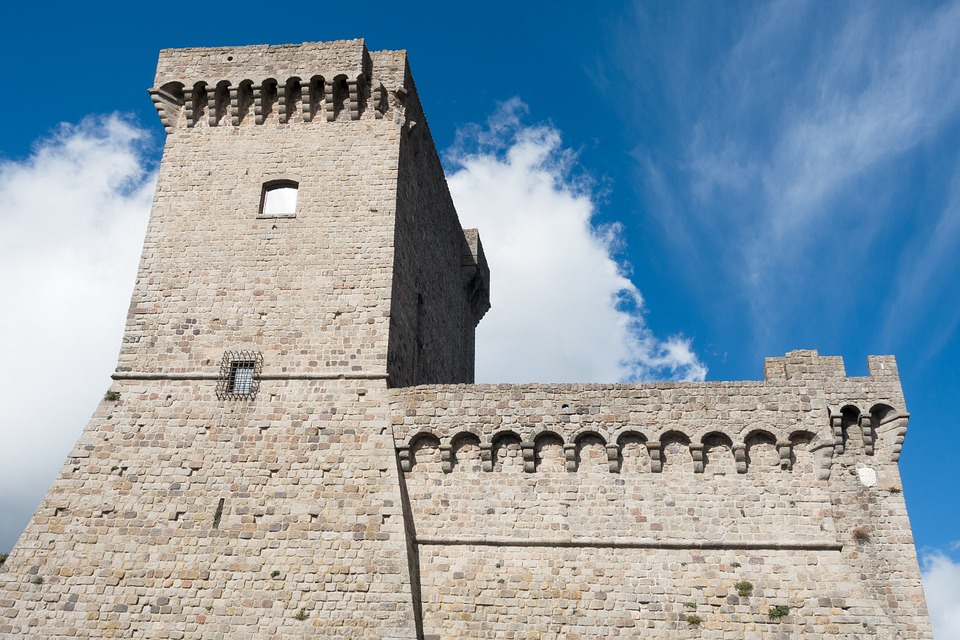
Merlons
Merlons are upright sections along the top of a fortification that provides even more protection to the defenders. Sometimes they were pierced by arrow slits to provide yet more protection. The space between merlons is called a crenel.
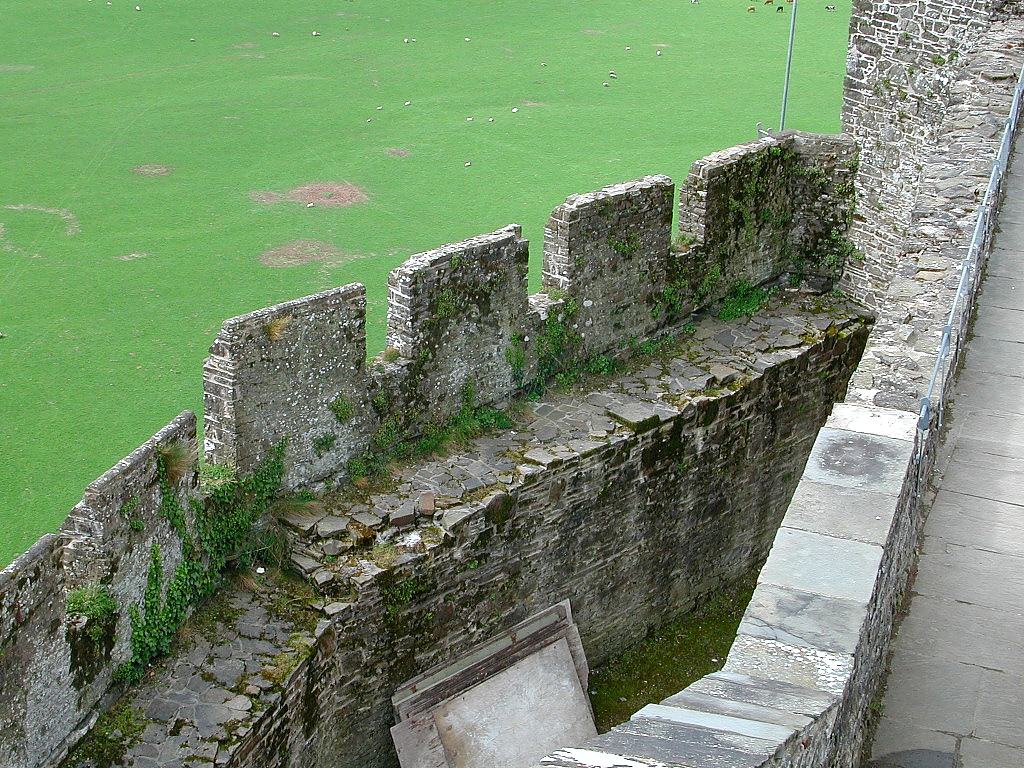
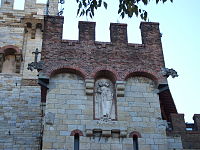
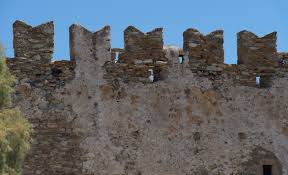
Murder Holes
Murder holes were holes in the ceiling of a gateway or passageway. These holes were used to fire down upon attackers or pour nasty things upon them such as boiling oil, scalding water, rocks or other things.
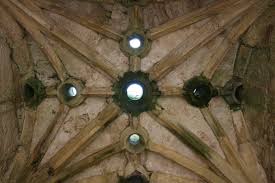
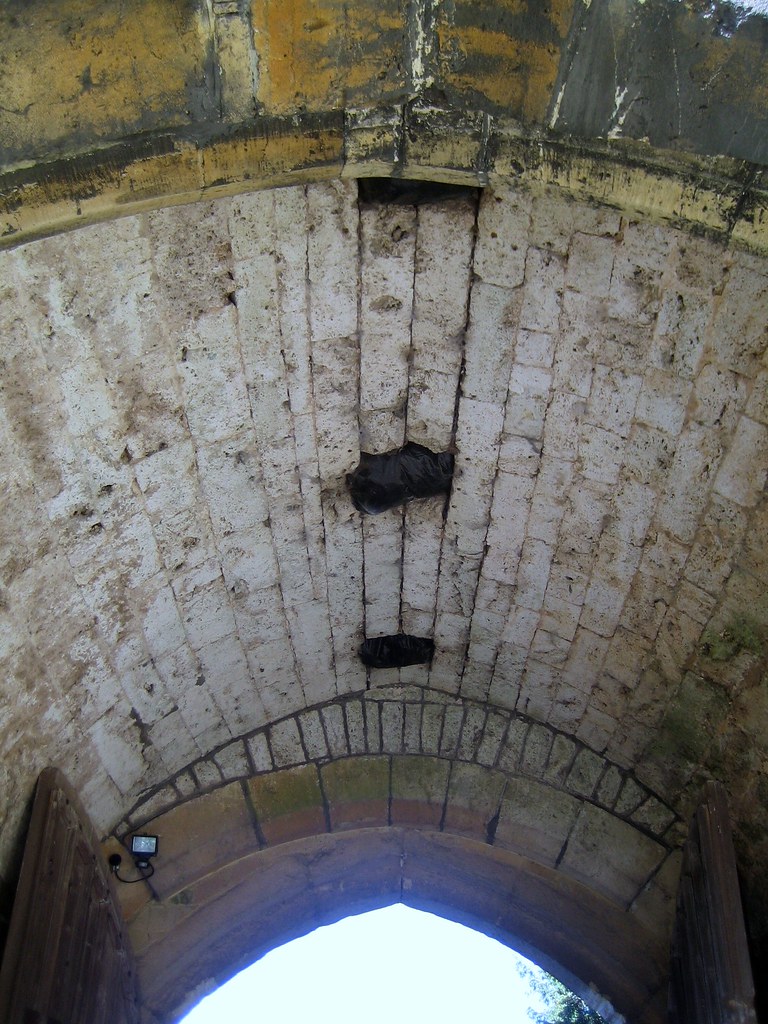
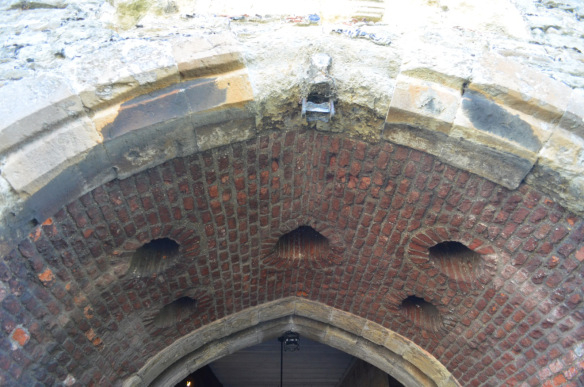
Castle Fortifications Were Essential
Obviously there were many other types of castle defenses that I did not cover in this article. And I am certainly no expert on castles or their defenses. The pictures in this article are from various places and my classification of them came from those same sources. If I have erred in naming a structure it is because I accepted those sources as being accurate.
From a perspective of their use in Dungeons and Dragons you must take magic into account. Obviously these defenses are more useful against people or beings that do not have the ability to just teleport right by them. But in the Dungeons and Dragons world magic of this sort is supposed to be quite rare. For the average attackers magic will not be available. And these defenses would still be effective.
Most creatures attacking castles would not be able to fly over the walls or teleport by them. Defenders could and would use the cover provided by the defenses to their advantage. First Edition recognized the use of cover and concealment and applied rules to their use. These rules even applied to magical attacks being made against defenders with cover and concealment.
If your adventurers are encountering a defended castle at some point in their journeys then you will need to work out just how these defenses would apply in your campaign.
If you enjoyed this article then you might enjoy these as well:
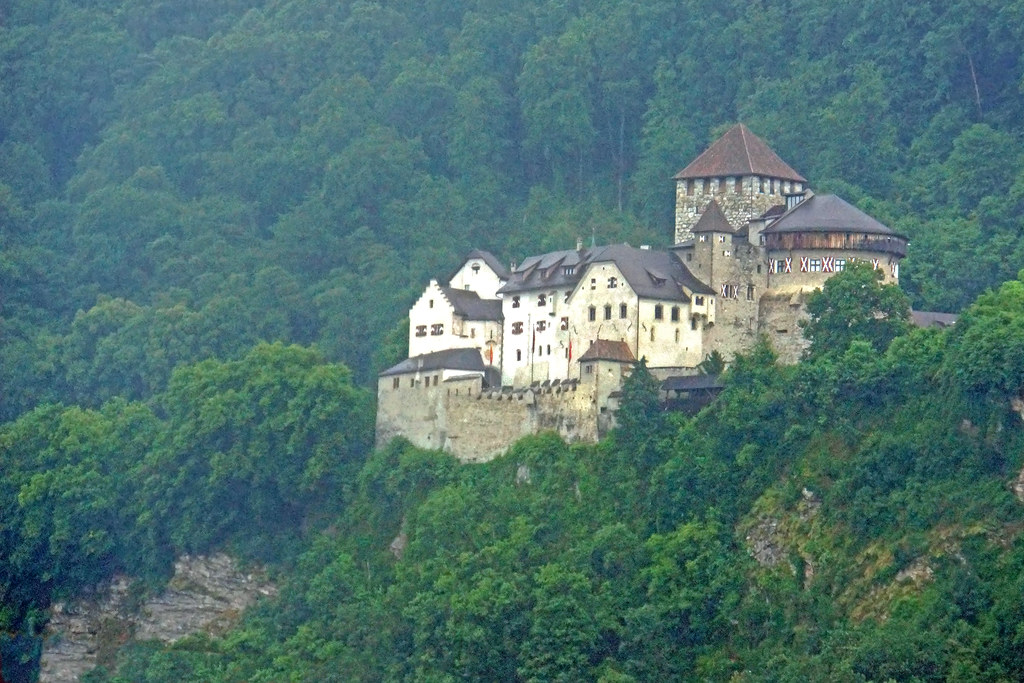


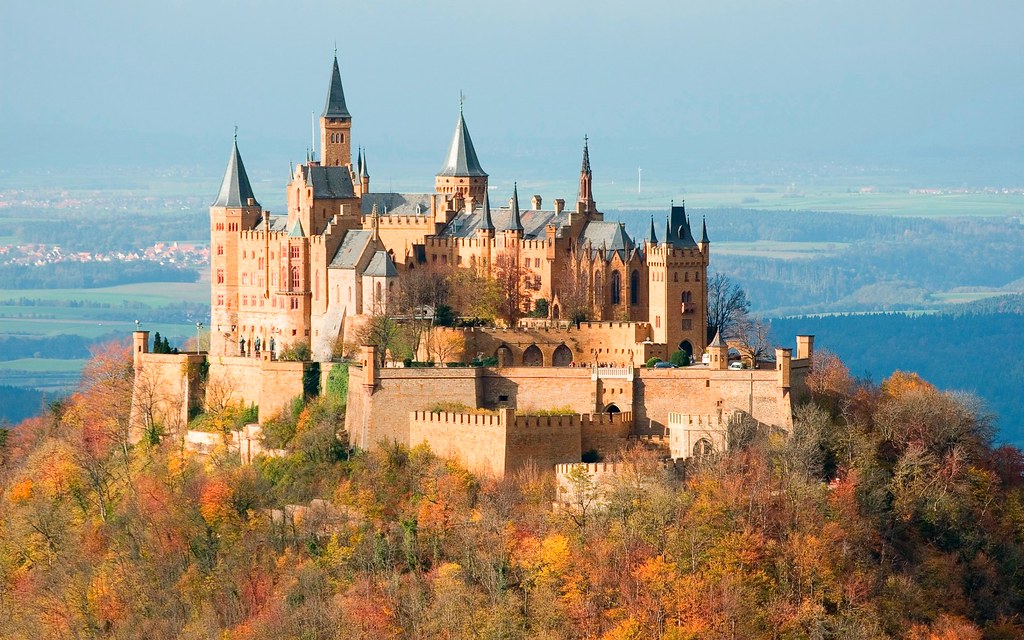
Since magic is available you do need to take that into account in castle defenses and well as flying creatures and act appropriately. Would be silly not to. As this would need to be taken into account as magic in most campaigns are not rare unless your running a truely low magic campaign. This can be done through defensive rune magic on walls/foundations for magic and partial roofs on walls and towers to limit attacks from flying creatures.
An excellent introduction and overview!
Allan.
Thanks!